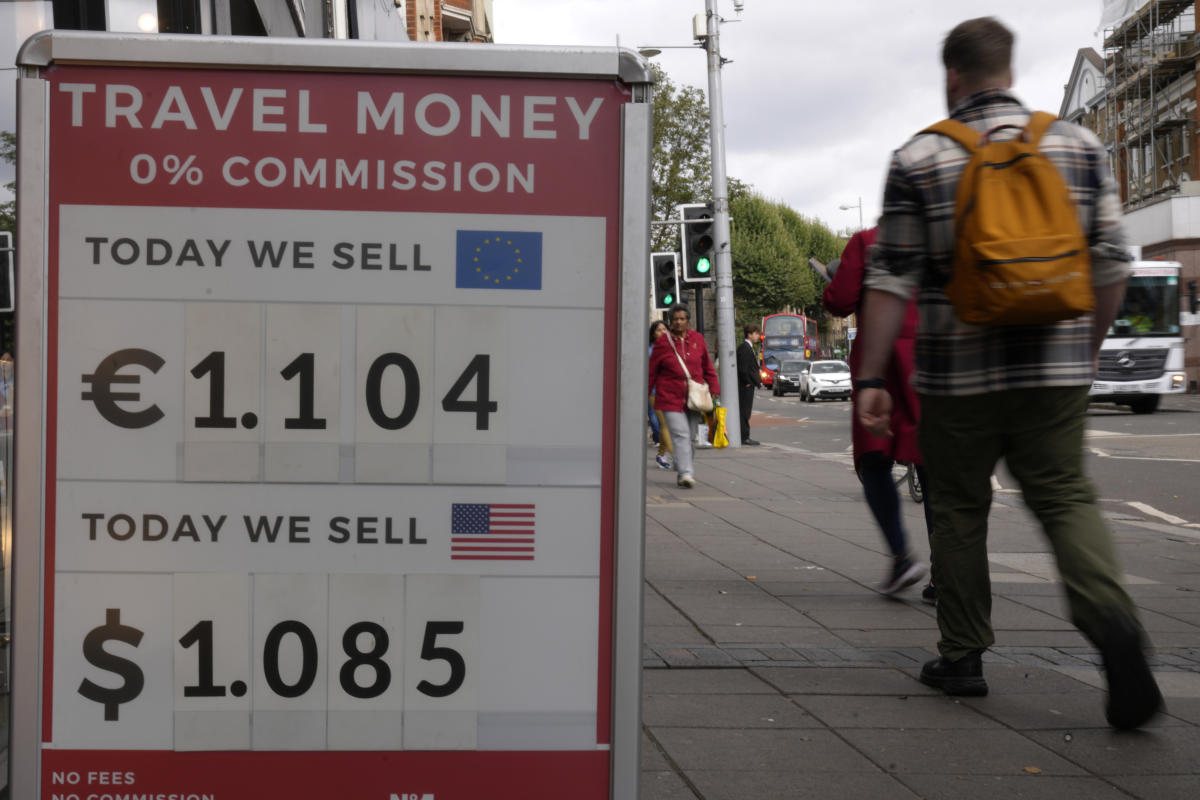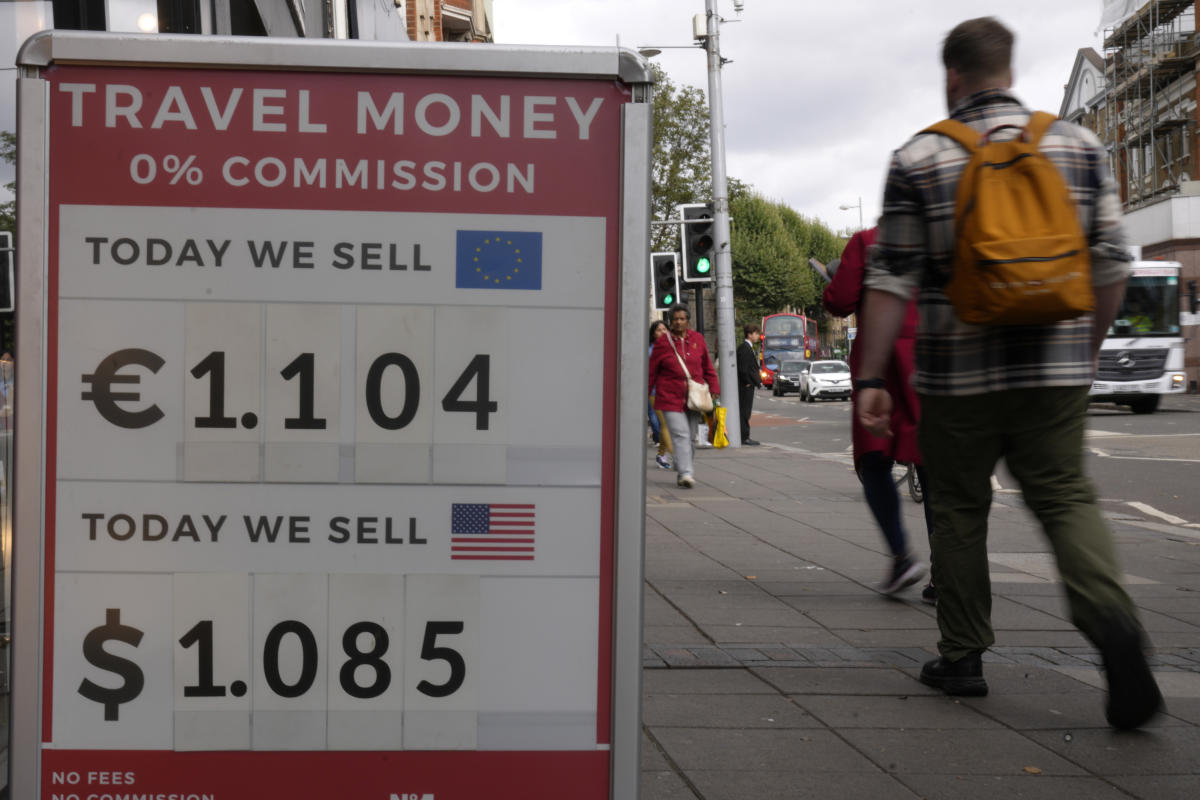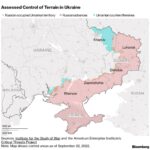
LONDON (AP) — The British pound has resumed a slide against the U.S. dollar that picked up pace last week after the U.K.’s new government outlined plans to cut taxes and boost spending.
The pound dipped as low as $1.0349 per U.S. dollar early Monday but then rebounded to $1.0671, down 2.3%.
The tax-cut plan has sparked concerns that increased public borrowing will worsen the nation’s cost-of-living crisis.
The British currency plunged over 3% on Friday. It’s trading at levels last seen in the early 1980s.
Other currencies have also weakened against the dollar as the Federal Reserve has hiked interest rates to combat inflation. Japan’s central bank intervened last week to support the yen, slowing its decline against the dollar.
Treasury chief Kwasi Kwarteng announced the sweeping tax cuts that he said would boost economic growth and generate increased revenue without introducing corresponding spending reductions. He also said previously announced plans to cap soaring energy bills for homes and businesses would be financed through borrowing.
Kwarteng offered few details on the costs of the program or its impact on the government’s own targets for reducing deficits and borrowing, but one independent analysis expected it to cost taxpayers 190 billion pounds ($207 billion) this fiscal year.
The news triggered the pound’s biggest drop against the U.S. dollar since March 18, 2020, when then-Prime Minister Boris Johnson announced the first nationwide lockdown to control the spread of COVID-19.
The British currency closed at $1.0822 in London on Friday, from $1.1255 on Thursday.
Prime Minister Liz Truss, who took office less than three weeks ago, is racing to combat inflation at a nearly 40-year high of 9.9% and head off a prolonged recession. Facing a general election in two years, she needs to deliver results quickly.




